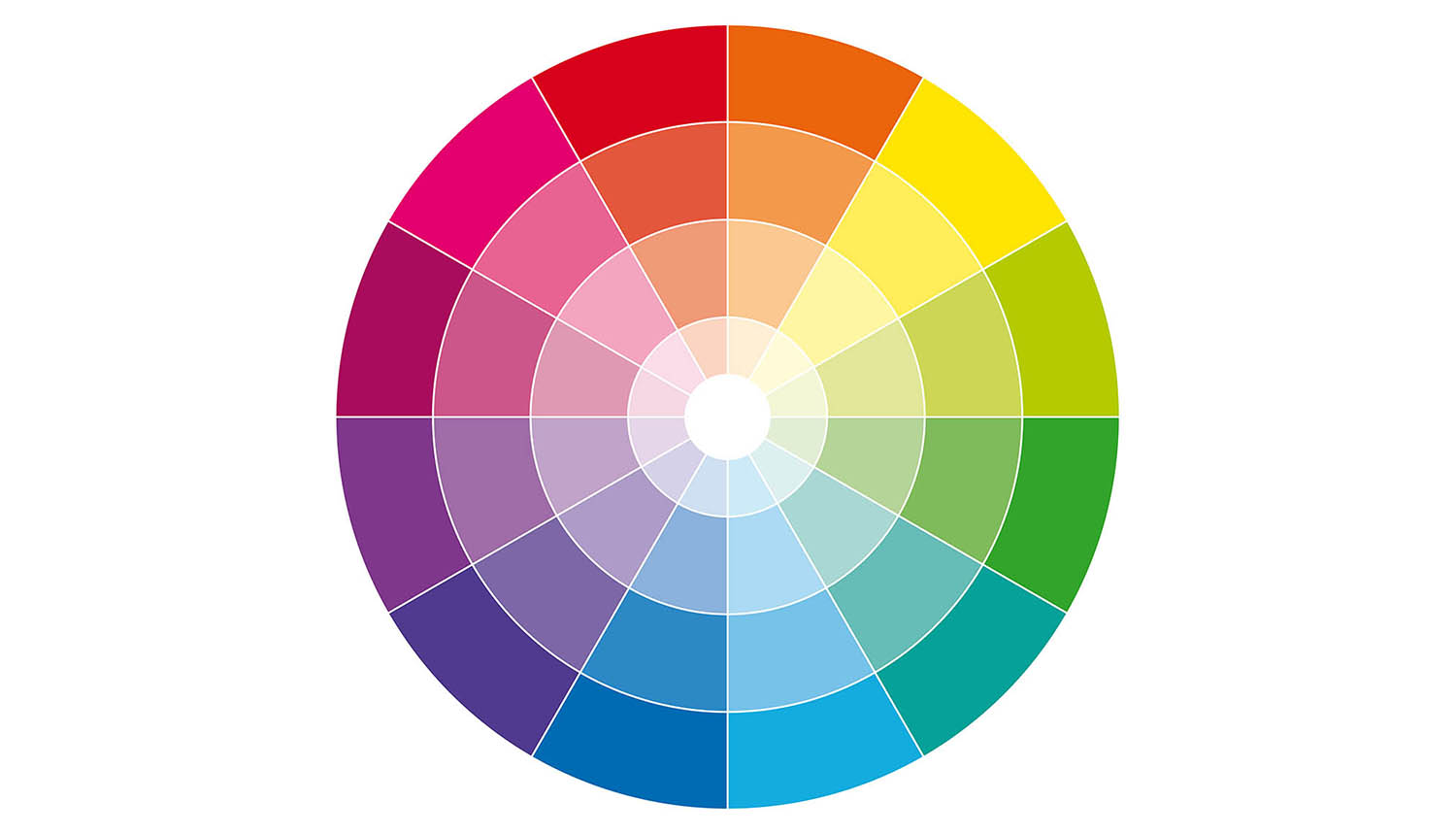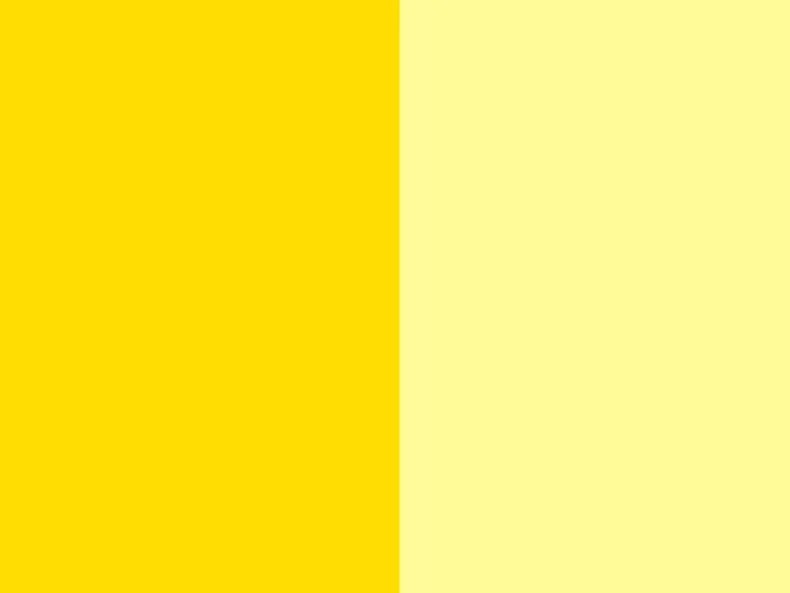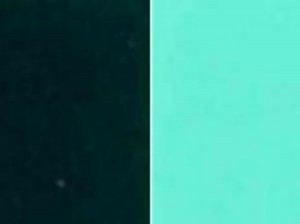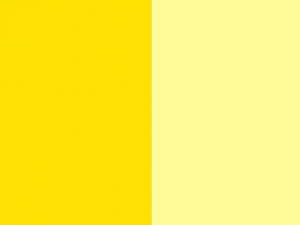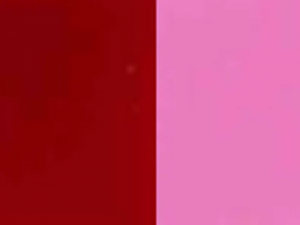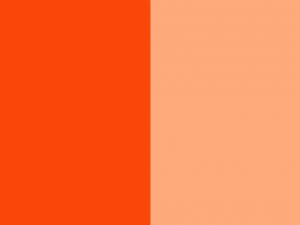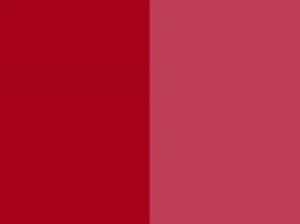Hermcol® Yellow 0961P (Pigment Yellow 138)
Product Description
| Product Name | Hermcol® Yellow 0961P (PY 138) |
| C.I. No | Pigment Yellow 138 |
| CAS No | 30125-47-4 |
| EINECS No. | 250-063-5 |
| Molecular Formula | C26H6Cl8N2O4 |
| Pigment Class | Quinophthalone |
Features
Hermcol® Yellow 0961P is greenish Quiophthalone Yellow pigment with extremely good light fastness and weather fastness, as well as good heat and solvent resistance. Hermcol® Yellow 0961P is an industry standard pigment yellow with most green shade and with good hiding power. Its full shades exhibits excellent weather fastness but rapidly decrease in tints made by adding TiO2. 1/3 HDPE samples (1% TiO2 ) are formulated at approx. 0.2% pigment. Such systems are heat stable up to 290°C. Hermcol® Yellow 0961P complies with FDA.
Application
Hermcol® Yellow 0961P is mainly used in decorative water-based paints, decorative solvent-based paints, industrial paints, powder coatings, automotive coatings, coil coatings, textile printings, printing inks, plastics, rubbers.
Package
25kgs or 20kgs per paper bag/drum/carton.
*Customized packaging available on request.
QC and Certification
1.Our R&D laboratory features equipment such as Mini Reactors with Stirrers, Pilot Reverse Osmosis System and Drying Units, making our technique in the lead. We have standard QC system which meets EU standard and requirements.
2.With the quality management system certificate of ISO9001 and environmental management system certificate of ISO14001, our company not only sticks to the strict quality-control system according to the international standard, but also focuses on protecting the environment and promoting the sustainable development of itself and the society.
3.Our products meet the stringent mandatory requirements of REACH, FDA, EU's AP(89)1 &/or EN71 Part III.
Specification
Physical and Chemical Properties:
| ITEM |
Specification |
| Appearance |
Orange powder |
| PH value |
6.0-8.0 |
| Strength(%) |
100±5 |
| Oil Absorption (g/100g) |
30-40 |
| Alcohol Resistance |
5 |
| Acid Resistance |
5 |
| Alkali Resistance |
5 |
| Light resistance |
7 |
| Heat Stability (℃) |
260 |
FAQ
Q:What Are Pigment Dispersions?
A:Pigment dispersions are dry pigments dispersed in liquid material that are stabilized using resins or surfactants/additives to minimize reagglomeration, a phenomenon where the pigments come back together to form “lumps”. They can contain water, solvent, or based on a resin that is liquid at room temperature. Pigment dispersions often have relatively high pigment concentrations and are used in additive quantities to impart color in a wide variety of products. The term “pigment dispersions” is often used synonymously with colorants, color concentrates, and pigment preparations.
Q:Are Your Pigment Environmentally Friendly?
A:The environmental impact of pigment varies. As a whole, the industry is shifting toward products that have a smaller impact on the environment and consumer health. However, not every product fits this description.
An organic pigment’s designation as “eco-friendly” is typically tied to the presence of a class of compounds called VOCs. Volatile organic compound (VOC) is a broad term that includes compounds that are known to be harmful and ones not traditionally thought of as harmful. Our organic pigments are environmentally friendly because it contains low levels of VOCs.
Q:What is the difference between a pigment and a dye?
A:Both pigments and dyes are used to color different materials, but the way in which they do it is very, very different. It’s all got to do with solubility – the tendency to dissolve in a liquid, especially water. dyes are uses in the textile and paper industries. Leather and wood are also usually dyed. As are waxes, lubricating oils, polishes, and gasoline. Food is often colored with natural dyes – or synthetic dyes that have been approved as safe for human consumption. Pigments, on the other hand, usually color rubber, plastic and resin products.
Q:What’s the quality control of Hermata?
A:Quality control is an essential part. It provides assurance that cosmetic products will be of consistent quality appropriate to their intended use.
1) A quality control system should be established to ensure that products contain the correct materials of specified quality and quantity and are manufactured under proper conditions according to standard operating procedures.
2) Quality control involves sampling, inspecting and testing of starting materials, in process, intermediate, bulk, and finished products. It also includes where applicable, environmental monitoring programs, review of batch documentation, sample retention program, stability studies and maintaining correct specifications of materials and products.
